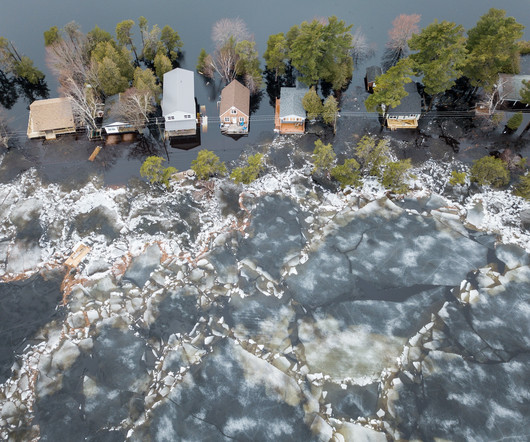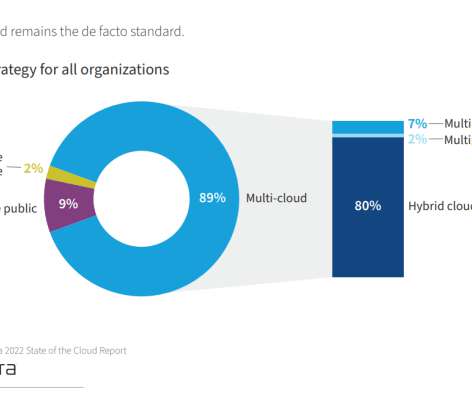Climate change predictions: Anticipating and adapting to a warming world
IBM Big Data Hub
FEBRUARY 20, 2024
These proactive measures are made possible by evolving technologies designed to help people adapt to the effects of climate change today. The model could potentially be used to identify conditions that raise the risks of wildfires and predict hurricanes and droughts. But what will the impacts of climate change be in the future?














Let's personalize your content